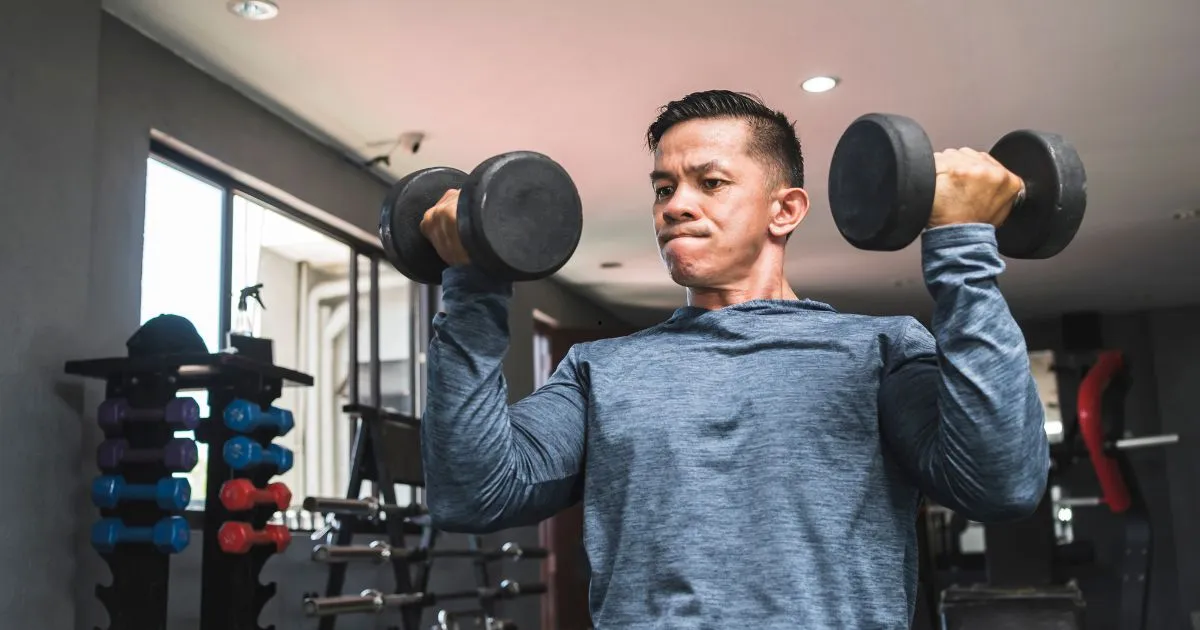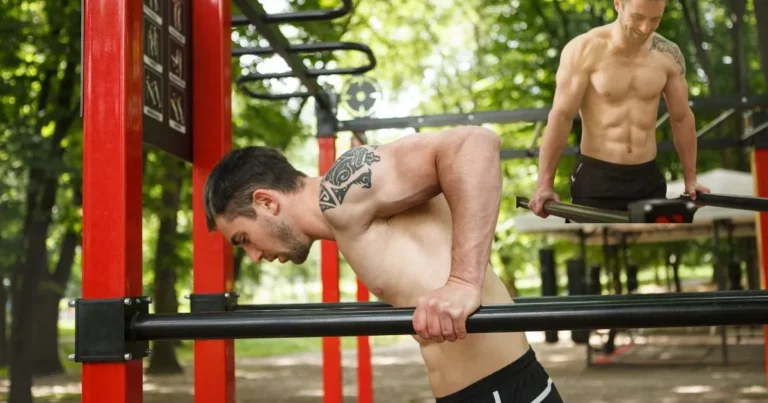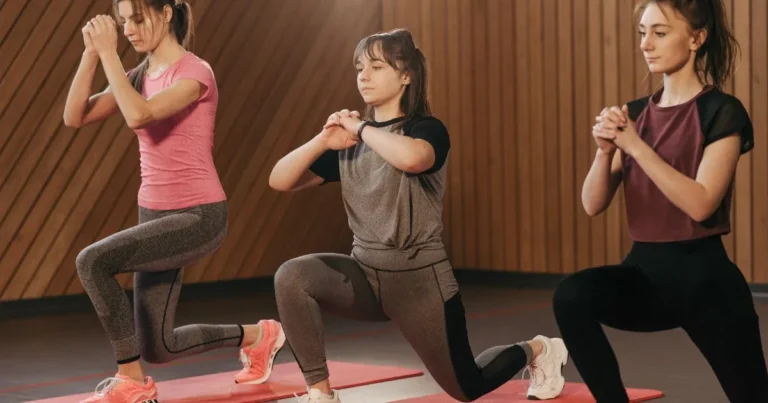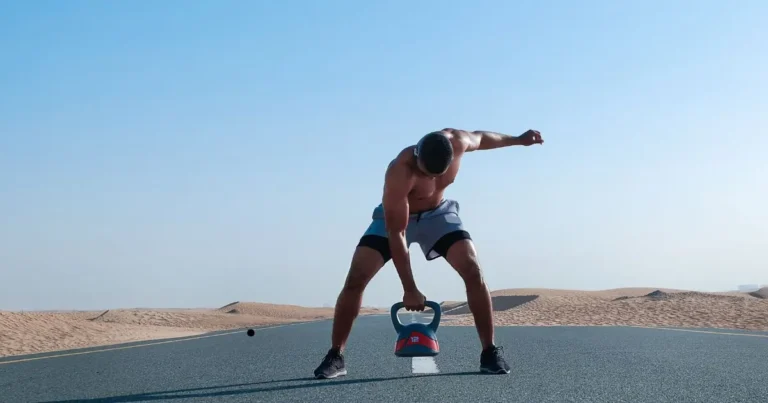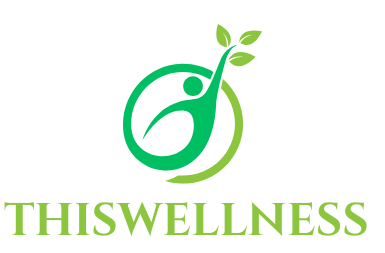Arnold Press Muscles Worked and Benefits: Unlock Shoulder Growth Like Never Before
Table of Contents
✨ Introduction: Why the Arnold Press Might Be the Game-Changer You’ve Been Missing
If you’ve ever felt like your shoulder workouts are stuck in a rut, you’re not alone. You may have tried all the classic lifts, only to find that your progress has stalled. It happens. But there’s one move that often flies under the radar—the Arnold Press. Named after the bodybuilding icon Arnold Schwarzenegger, this unique variation on the traditional shoulder press could be the missing link in your training. The question is: what muscles does it really work, and what benefits can you expect?
In this guide, you’re going to discover how the Arnold Press targets multiple shoulder muscles, how it compares to other lifts, and why it’s an essential addition to your strength routine. Whether you’re looking to build mass, improve joint health, or just switch things up, this move delivers.
🧬 What Is the Arnold Press?
🤔 Origin and Purpose
The Arnold Press was popularized by none other than Arnold Schwarzenegger himself, during his reign as one of the most successful bodybuilders in history. What sets this press apart is the rotational movement that transitions from a palms-facing-you position to a traditional overhead press. That simple twist adds depth to your training.
🔀 Arnold Press vs. Standard Shoulder Press
| Feature | Arnold Press | Standard Shoulder Press |
|---|---|---|
| Movement Path | Rotational | Straight up/down |
| Muscle Activation | All deltoid heads | Mainly front deltoid |
| Range of Motion | Wider | Moderate |
| Engagement | More muscles | Fewer muscles |
In short, you’re getting more bang for your buck with the Arnold Press, especially when it comes to full deltoid engagement.
💪 Arnold Press Muscles Worked
🔍 Primary Muscles Targeted
When you perform the Arnold Press, you’re not just moving weights up and down. You’re initiating a controlled movement that involves:
- Anterior Deltoids: These are the front-facing shoulder muscles. They do most of the pushing during the upward press.
- Lateral Deltoids: These side muscles help with width and stability.
- Posterior Deltoids: Surprisingly, this press activates your rear delts more than you’d expect, thanks to the rotation.
- Triceps Brachii: Supporting the final push overhead.
🧬 Secondary Stabilizers
- Rotator Cuff Muscles: Crucial for shoulder joint integrity.
- Serratus Anterior: Helps in scapular movement.
- Upper Trapezius: Aids in elevating the shoulders.
- Core and Lower Back: Provide stabilization throughout the lift.
This blend of primary and secondary engagement makes it a well-rounded move for shoulder development.
🎯 Top Benefits of the Arnold Press
🌟 1. Full Shoulder Development
Unlike typical shoulder presses that hit mostly the front delts, the Arnold Press engages all three heads of the deltoid. This leads to more balanced muscle growth and a more sculpted shoulder profile.
🏗️ 2. Improved Shoulder Mobility
The rotational element encourages greater flexibility and mobility in your shoulder joint. This isn’t just about aesthetics—it’s about functionality too.
🔥 3. Increased Time Under Tension
Because you’re rotating and pressing, your shoulders are under tension for longer. More tension = more hypertrophy. That means you’re making each rep count.
↻ 4. Functional Strength Gains
This move mimics real-world shoulder movements more than a standard press does. That makes it especially useful if you engage in sports or physical jobs.
⚖️ 5. Injury Prevention
By strengthening your stabilizing muscles and improving range of motion, you’re actually protecting your shoulders from overuse injuries.
🧐 How to Perform the Arnold Press Correctly
✅ Step-by-Step Arnold Press Form Guide
- Start seated or standing with dumbbells held at shoulder height, palms facing you.
- As you begin to press, rotate your palms outward.
- At the top, your arms should be extended overhead with palms facing forward.
- Reverse the movement to return to the start.
Perform 3–4 sets of 8–12 reps. Use lighter weights at first to lock in proper technique.
❌ Common Mistakes to Avoid
- Using momentum to swing the weights
- Skipping the rotation, which defeats the purpose
- Overloading and losing form
- Arching your back, risking spinal strain
Stick to strict form, and you’ll feel the difference.
🔢 Programming Tips: How to Add Arnold Press to Your Workout
🗓️ Best Times to Include It
You can use the Arnold Press as:
- A main lift on shoulder or upper body days
- An accessory move after heavy benching or overhead pressing
📊 Sample Weekly Shoulder Routine
| Day | Exercise | Sets x Reps |
| Monday | Arnold Press | 4×10 |
| Wednesday | Lateral Raises | 3×12 |
| Friday | Military Press | 4×8 |
| Sunday | Rear Delt Flyes | 3×15 |
🚒 Is Arnold Press Safe for Everyone?
While it’s generally a safe move, some caution is advised:
- Not ideal for those with shoulder impingements or injuries.
- Always warm up before heavy sets.
- Focus on controlled motion, not just weight.
If in doubt, consult with a physical therapist or certified trainer.
🧐 FAQs About Arnold Press Muscles Worked and Benefits
❓ Is the Arnold Press better than the shoulder press?
In terms of muscle engagement and shoulder development, yes. The Arnold Press hits more angles.
❓ Does the Arnold Press work rear delts?
To a degree, yes. The rotation brings the rear delts into the movement more than traditional presses.
❓ Can beginners do the Arnold Press?
Absolutely. Just begin with light weights and master the form.
❓ How often should I do the Arnold Press?
1–2 times per week is plenty. Recovery is key.
❓ What muscles are sore after Arnold Press?
Usually, your front and side delts will feel it most. But you may also feel it in your triceps and traps.
✅ Conclusion: Why the Arnold Press Deserves a Spot in Your Shoulder Routine
You now know that the Arnold Press is far more than a fancy name. It’s a powerhouse lift that activates all your shoulder muscles, boosts mobility, increases time under tension, and supports joint health. If your goal is to develop rounder, stronger shoulders while minimizing injury risk, then this move is a no-brainer.
Add it to your routine, track your progress, and don’t be surprised if you start seeing faster gains. Your shoulders will thank you.
📃 Bonus Table: Dumbbell Arnold Press Progression Plan
| Week | Dumbbell Weight | Sets | Reps | Focus |
| Week 1 | 10 kg | 3 | 12 | Technique mastery |
| Week 2 | 12 kg | 3 | 10 | Full ROM |
| Week 3 | 14 kg | 4 | 10 | Strength phase |
| Week 4 | 16 kg | 4 | 8 | Progressive overload |
📈 Call to Action
Don’t wait for shoulder plateaus to break themselves. Incorporate the Arnold Press into your workouts and feel the difference from the very first set. If you’re ready to sculpt stronger, more balanced shoulders, it’s time to press, rotate, and grow. Share your progress or ask your questions in the comments—let’s elevate your training together!

